Why an ’87 Lincoln is the ideal daily driver for Central Europe
Why was I doing this?
That’s the question I asked myself as I listened to the tired sound of a starter motor, accompanied by … nothing. No whir of the fuel pump. No growl of the five-point-oh beneath the long hood before me.
Why was I, at 38 years old, my pregnant wife beside me, sitting at a gas station outside of Prague, hopelessly trying to start an old jalopy from another continent? I should have known better.
The brown-on-brown 1987 Lincoln Continental was not even my car. I’d bought it a few days before, on behalf of my friend, Radek, who intended to use it as his sole transportation. Then I stored it at another friend’s place, just outside of Prague, where I live. Now, I was taking it home, because it was due to tech inspection the next day.
Naturally, sitting there in the dead Lincoln, I pondered why I ever thought a nice afternoon trip with my wife would include going to pick up a 36-year-old car that wasn’t really street legal and, to my knowledge, hadn’t been driven regularly in at least seven years. That’s the kind of trouble the 20-year-old me would have gone looking for. But a man at almost middle age, with a baby on the way?
Marketplace
Buy and sell classics with confidence
Of course, I have learned a thing or two in the last couple decades. For instance, I managed to nurse the car to the gas station, which was housed a McDonalds, so at least I could consider the wisdom of my actions over a triple cheeseburger. And I could always just give up and call roadside assistance.
Ten or 15 years ago, this story would have included me spending the night at the gas station. Or walking 50 miles. Or making frantic calls to someone—anyone—to come pick me up in the middle of nowhere. Or some anecdote about me and some friend trying to get the car running with duct tape, WD40, and maybe a coat hanger or a pen. (Aside: Though I really am no mechanic, I have used pens to fix V-8s more than once).
But back to that opening question of Why? It is not so hard to answer: Because I’m an idiot. I could have had the Lincoln towed to its inspection. I could have checked its ability to start hot before I my lured my wife into it. I could have just not offered my to check the car out for my friend. Really, I should have just persuaded him not to buy an ’87 Lincoln sight unseen.
But I won’t lie, there is some real appeal to driving a 1987 Lincoln in Central Europe. I certainly wouldn’t have been so eager to help him out if he had bought, say, a Ford Mondeo diesel. To spend a few days driving this piece of Reagan-era Detroit machinery was to remind myself of a time when I used to consider such cars the only acceptable choice for my personal transportation. I might prefer full-size, body-on-frame machinery like the Chevy Caprice, but the midsize, unibody, Fox-platform Conti still possesses all the things that really matter: a big V-8 in the front, an automatic in the middle, and a driven live axle in the back.
***
When the question of “How did you end up with your first American car” popped up on a local discussion board, Radek’s answer wasn’t some story about accidentally stumbling into ownership of something big, weird, and foreign. It was that of a little boy doodling long cars with huge fins, watching boxy 1980s cars in movies and simply wanting to get one of his own some day. Of course, being born in communist Czechoslovakia of the 1980s, and growing up in the newly born Czech Republic of the 1990s, things were a bit different than they were for a kid from Ohio.
Until 1989, everything American was, per the official point of view, bad and evil. We were no North Korea, however, and the regime couldn’t just pretend the U.S.A. didn’t exist. Our car magazines didn’t leave the American stuff out, and occasionally, you’d see some American car (or at least some similar Western European car) on the street, especially in the central parts of Prague frequented by ambassadors, foreign businessmen, or people lucky enough to somehow get hands on these unicorns. Once in a blue moon, too, there were American movies or shows on TV. Of course, they were meant to “reflect the moral failure of Western society,” but for us car-loving kids, you couldn’t avoid the fact that while the Czechoslovak cop drove a Škoda with a one-liter engine, the American cop had a Chevy with a V-8.
After the Velvet Revolution in late 1989, our televisions became full of American shows and movies. Your grandma probably watched Dallas, your proto-hipster parents were into Twin Peaks, and you were crazy about Police Academy. All them full of boxy Chevys and Fords with shiny bumpers and smoke coming out of their wheel wells. As borders opened, more and more people started bringing cars in from Western Europe, gray import companies appeared, and Chrysler even opened an official dealership.
Suddenly, we were just like the West, only with less money.
There was another key difference, too. If you came from a country that made a Mercedes-Benz or a Jaguar or even a Citroën DS, it could be quite easy to scoff at American cars as large, unsophisticated, cheaply made, terrible handlers. If, however, you were from a country that once produced groundbreaking V-8–powered streamliners but traded them for the lowly rear-engined Škoda 120, you would have been hard-pressed to view something large, powerful, generously equipped, and affordable as “unsophisticated.”
A better word we might use to describe American classics, especially the large sedans, was eccentric. If you wanted to show off, you usually got a Mercedes or BMW, because everyone knew what those were. An old Lincoln or Buick, on the other hand, made you a bit of a mystery. No one was sure how expensive they really were, and, unlike European brands, American cars had no social status attached to them. Behind the wheel of 1980 Cadillac Seville in Prague, you might have been a millionaire who’d just returned from America, or you might have been a regular guy with an unusual taste in cars. The only caveat in either case was that you couldn’t be afraid of attention, because you’d get it everywhere.
Today, no one would mistake you for being an eccentric millionaire if they saw you behind the wheel of a 1987 Lincoln. Many European cars have grown into sizes more in line with their American counterparts over the last couple decades, so the Continental looks almost slight in comparison. And it definitely does not look expensive. It does, however, still look eccentric—maybe even more so because, beyond the occasional garage-kept weekend classic, there just aren’t many old cars in use as daily drivers on Czech roads anymore. You almost never see people driving cars older than 20 years solely for style’s sake.
Even for an American car of the era, the seventh-generation Continental is a standout. The retro styling and bustle back rear end evoke the 1940s, yet the digital interior is the pinnacle of the 1980s futurism. There are even buttons on the headliner to switch a compass and thermometer on and off, like you’re an airplane pilot. It has traces of the Fox-body Mustang’s handling, yet it floats on its air shocks. The 302 sounds mighty, but it will get slaughtered in a drag race by a one-liter Ford Fiesta. It is a weird car, yes, but an inexpensive one that you can still run daily for a reasonable cost, even here in Central Europe.
At the gas station, I climbed back into the dead Lincoln, chewing the last bite of my cheeseburger. I’d try to fire up this style-point relic one more time before calling for a ride. I thought of those movie characters who beg their cars to start—C’mon! c’mon!—only to have them chug and chug until the very last second. But this was no movie, and the little brown Continental started right away. I wasted no time giving thought to what could have caused the issue and instead hightailed it back home before it had a chance to die on me again.
On the way, I phoned another friend to help me diagnose it at my home in the center of Prague. He arrived shortly after I did, in his Pontiac 6000, and proceeded to crawl under the car to change the fuel filter. I, being clumsy and mechanically inept, just ordered a Guinness from the pub, in front of which we were parked, and the whole scene played out to the amusement of the patrons.
Sipping my beer while trying to think of how to dispose of the half-gallon of gasoline we had drained into one of my wife’s cooking pots, I slowly realized why we were still doing this. Still fiddling with old Detroit iron, still living with it on a daily basis. In the months I had been living where I did, the guys from the pub had seen me pull up to my apartment in everything from a Jaguar to a Lexus LC500 to a Bentley Continental GTC. Yet it was the Lincoln that got the most attention and brought out the most questions. It’s also the car I felt most special driving.
After my few days with the Lincoln, I could totally see why Radek insists on driving cars like this. For the same money, he could have gotten the proverbial diesel Mondeo. He would have a perfectly reasonable car, more capable than this one in almost every way imaginable. He would also be a broke guy with a cheap car.
Yes, I know why we are doing it. It might be stupid, but it makes sense.
***
Check out the Hagerty Media homepage so you don’t miss a single story, or better yet, bookmark it. To get our best stories delivered right to your inbox, subscribe to our newsletters.




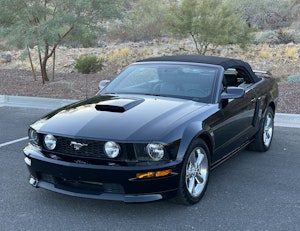
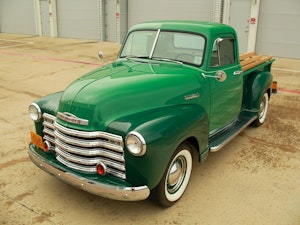

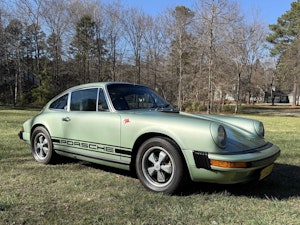
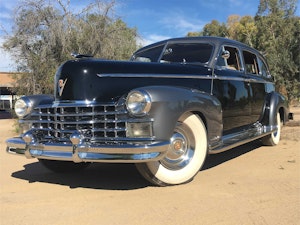
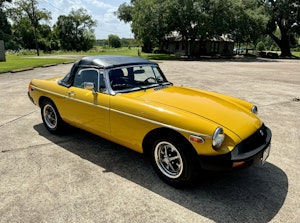




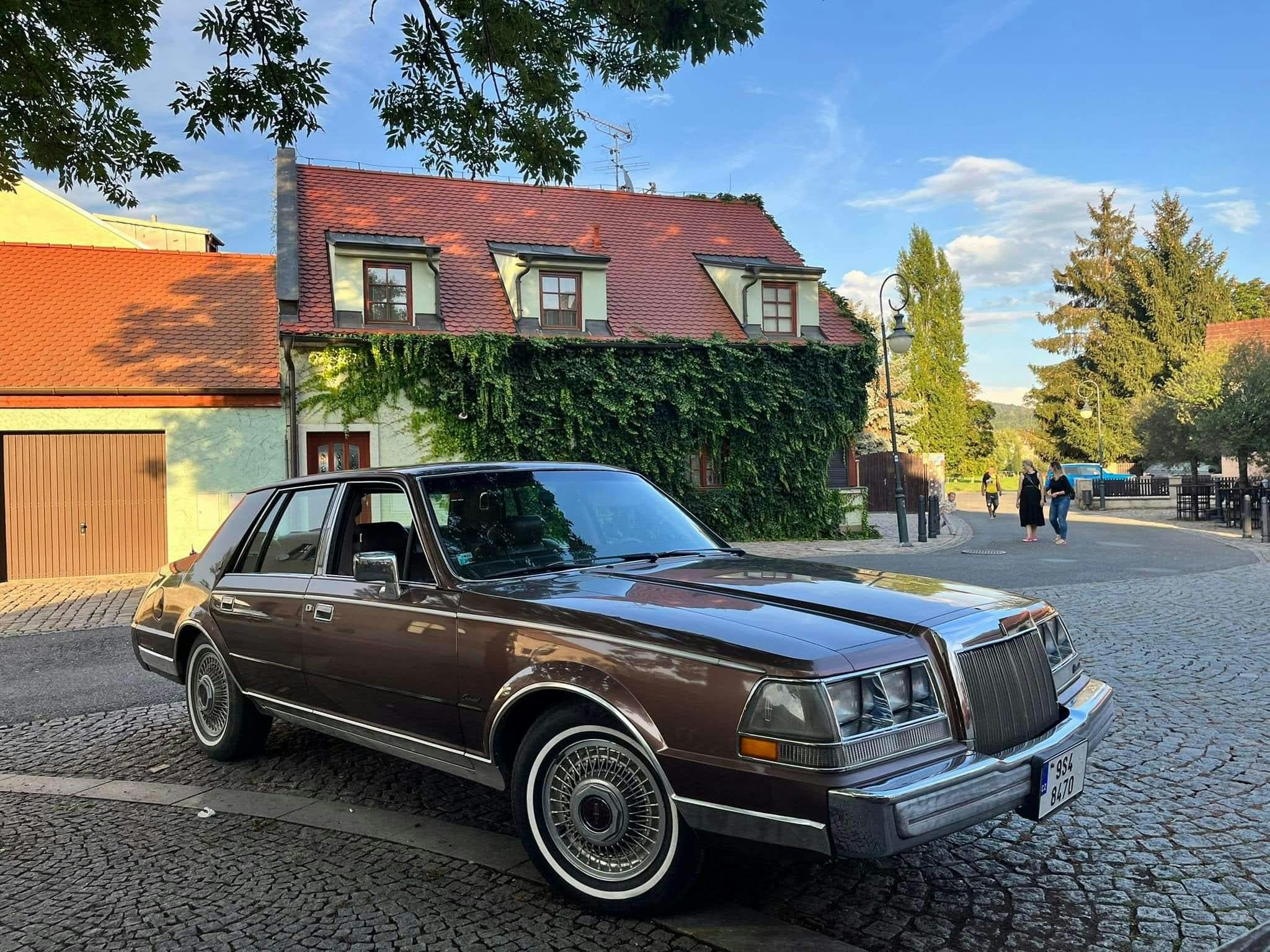

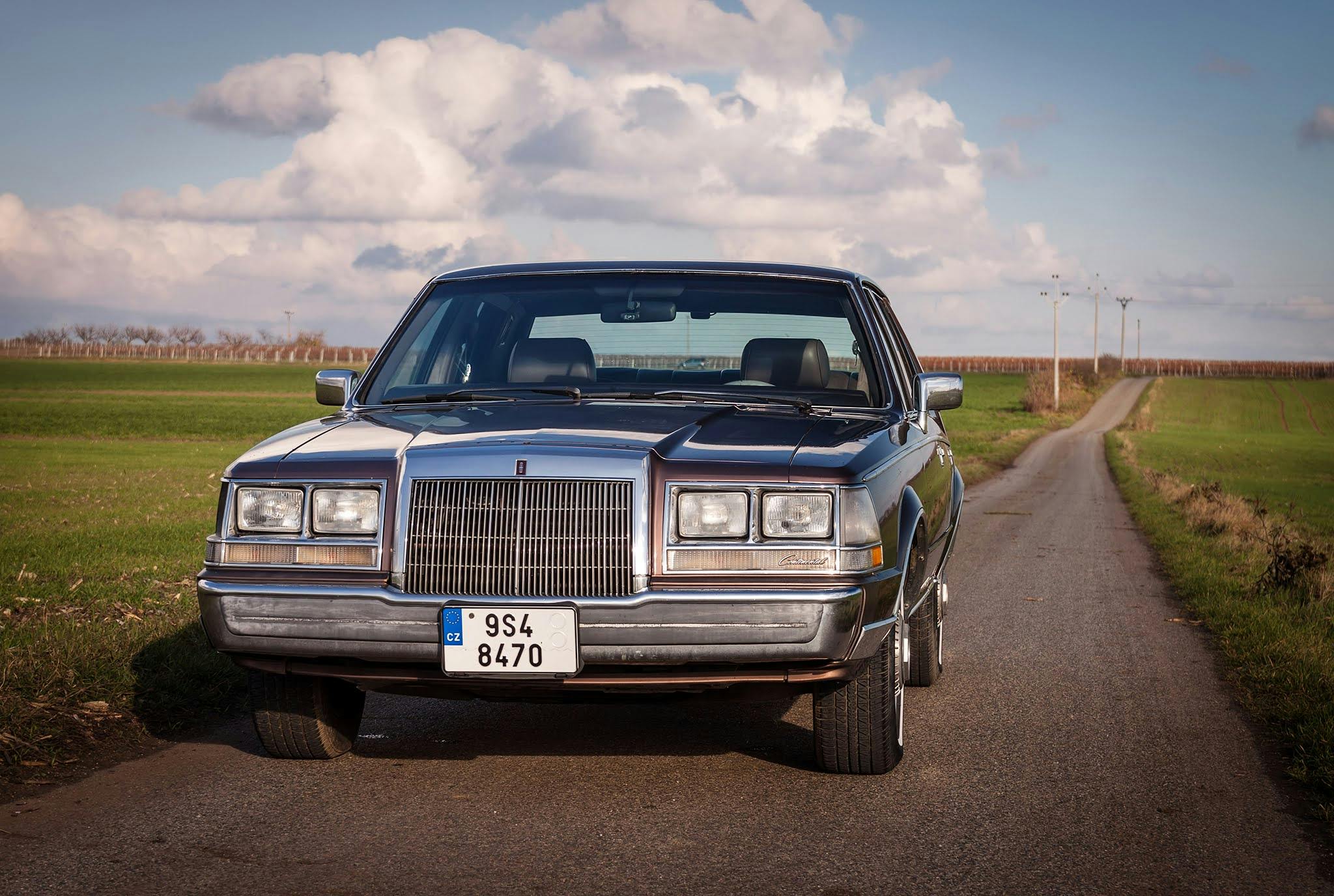

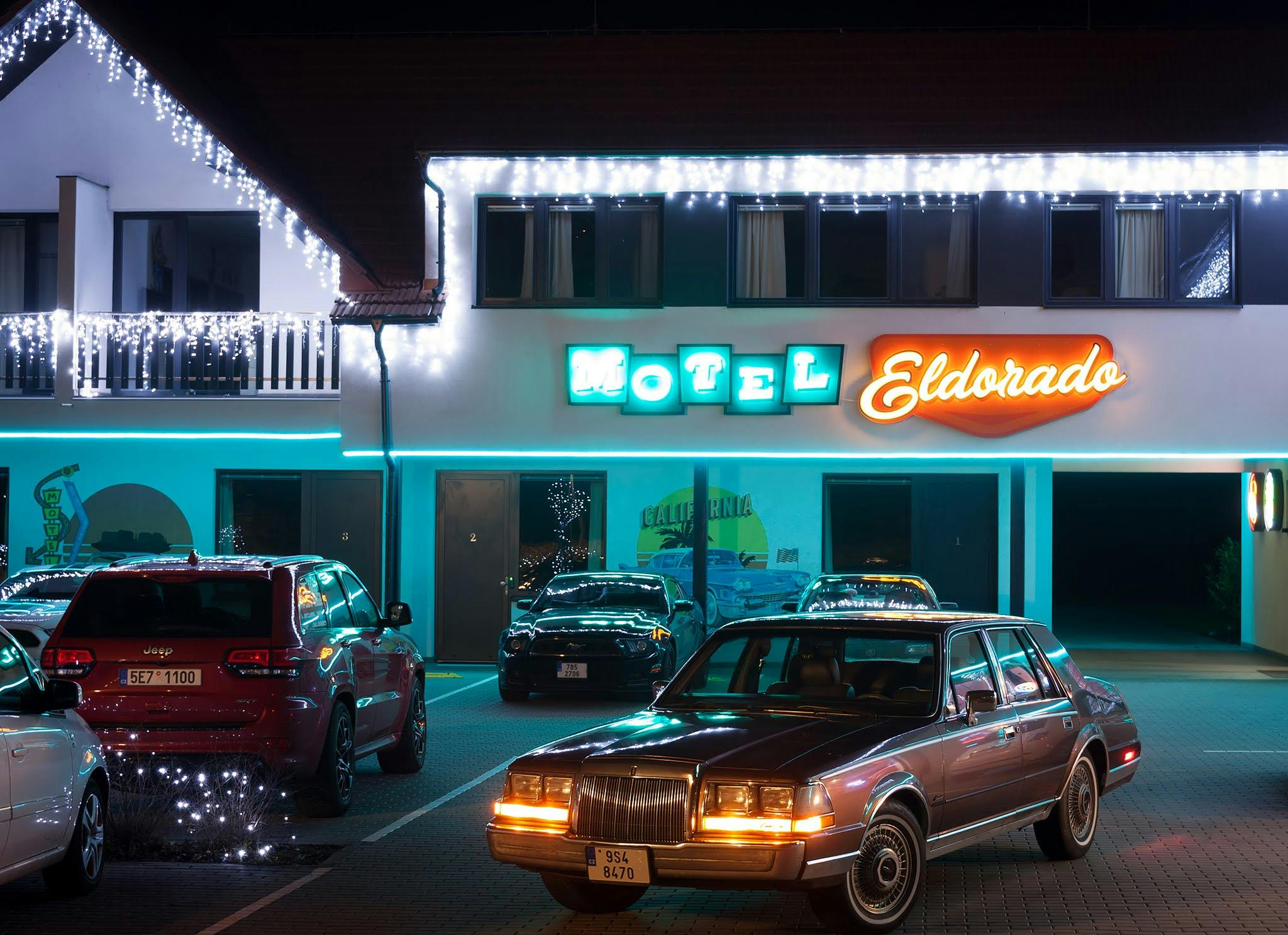
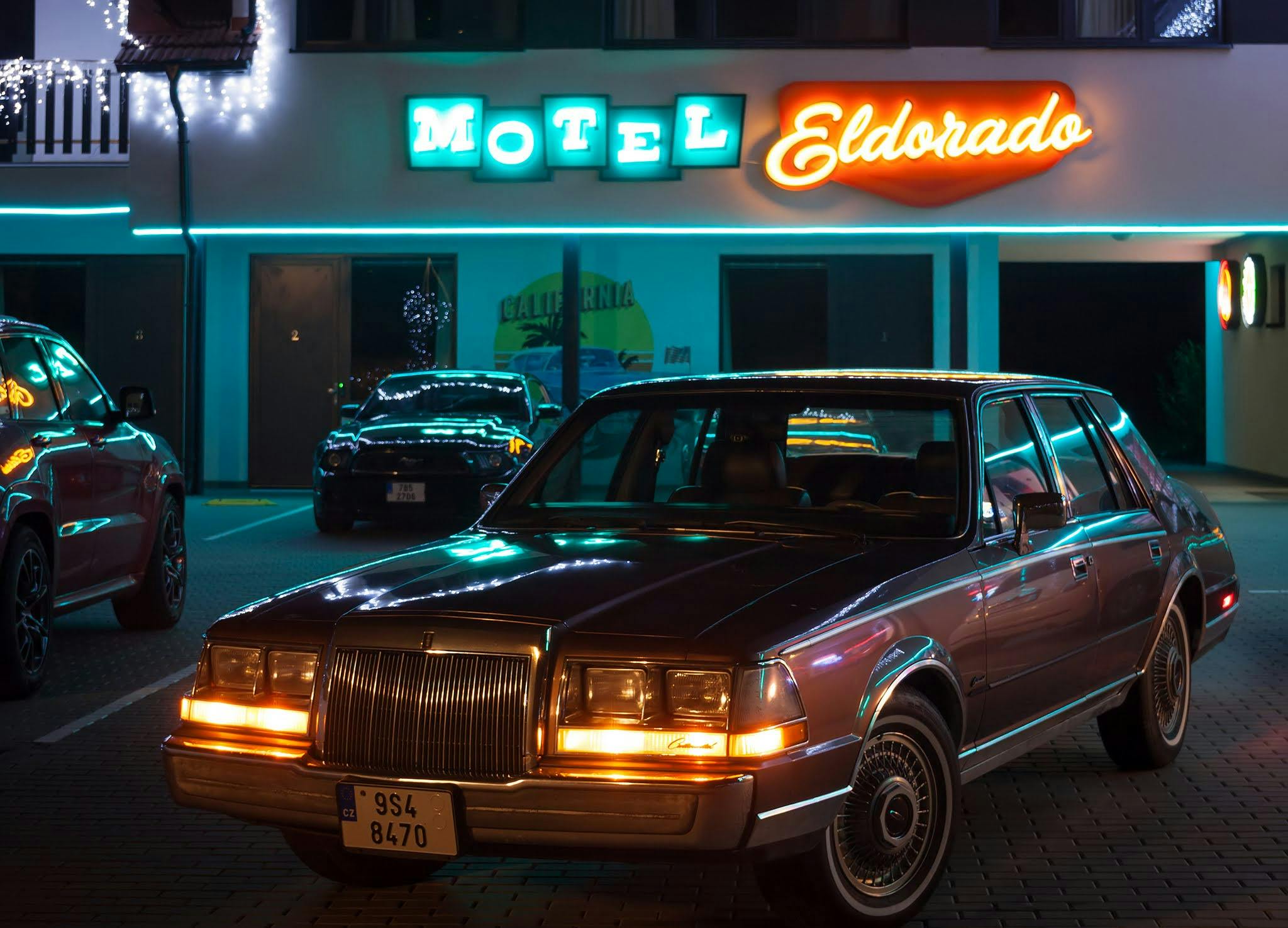
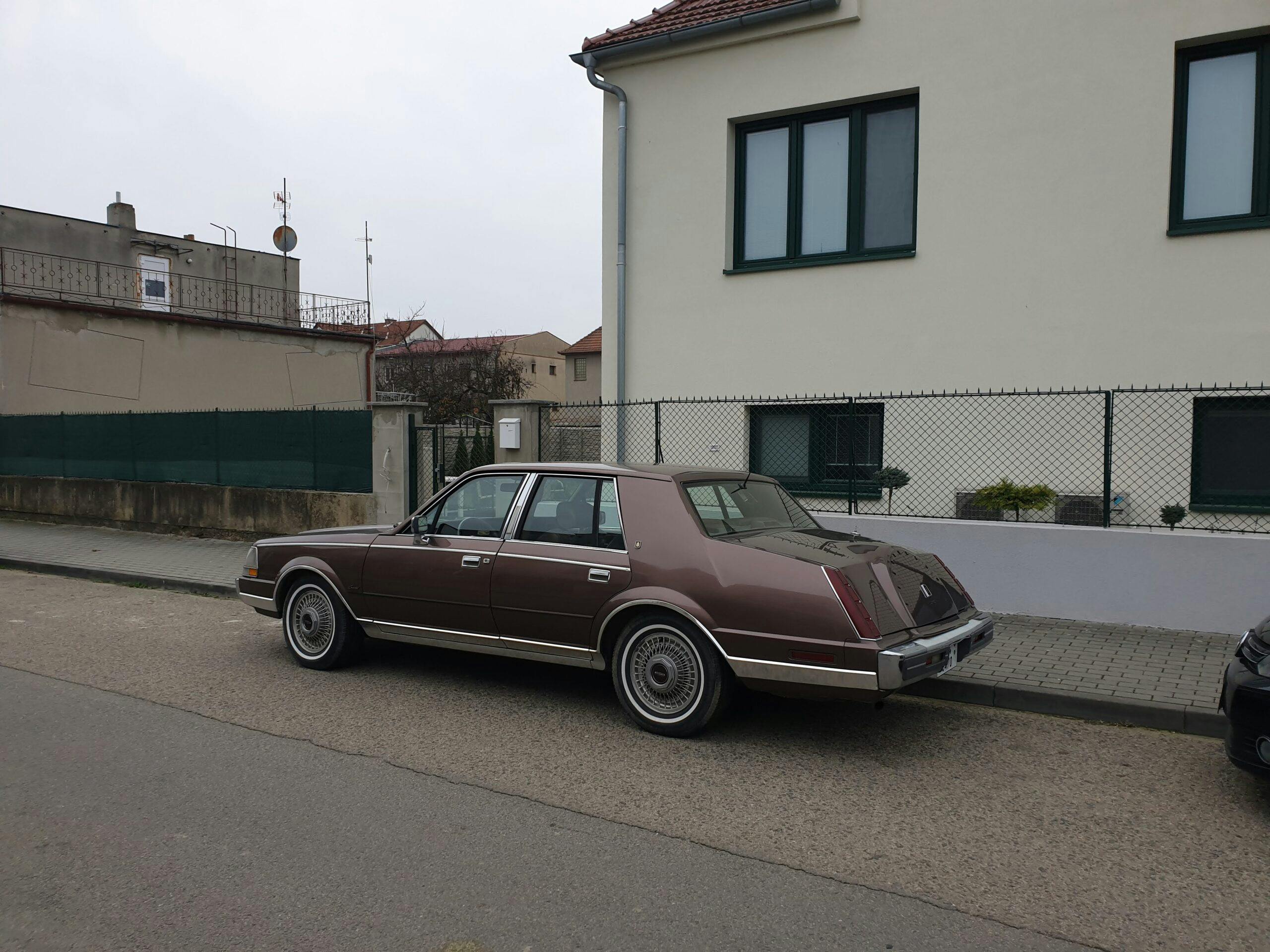
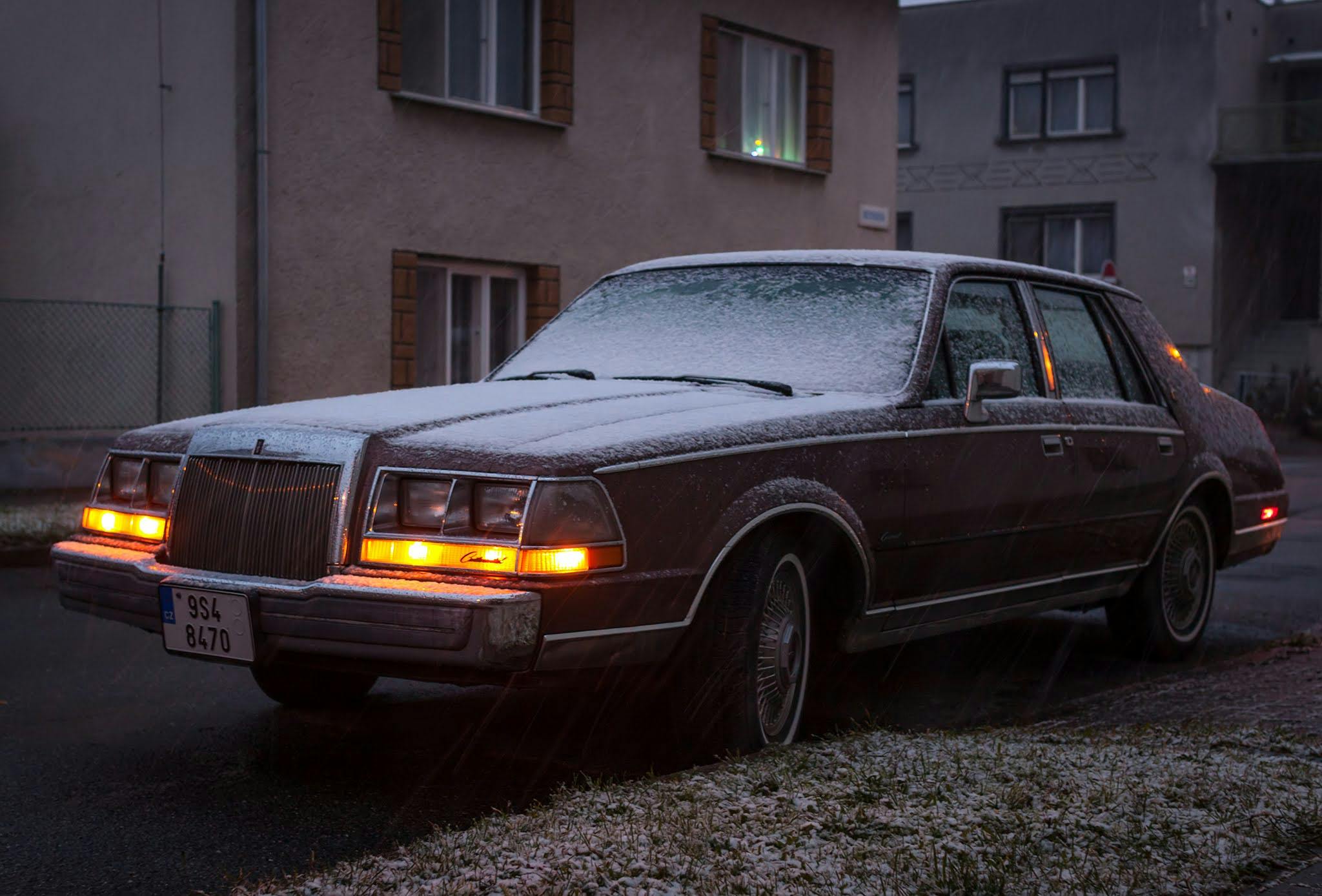
















I figured in a corner of the world where they sell gasoline by the quart, your friend would have opted for the Diesel version
Never! Diesel ist the last choice.
We say here: “Diesel belongs in the tractor and the tractor belongs in the field…” 🙂
V8 sound, specific details and comfort are the main reasons, why I whole life drive the US cars here.
Diesels are great, they were very popular in Europe for good reason. I drove them in the US for decades, but now diesel fuel is at a 25% premium in price in Arizona where I live, so it no longer makes economic sense.
Yes diesels are popular here, but the only reason is less comsuption otherwise it’s worse in every way. I’d rather pay extra for fuel, never diesel home. But I admit I’m a bit of an exotic here in CZech Republic 😀
The car does look well kept and in good condition. I bet it does draw plenty of attention in Europe. Great that it has a caring home.
Enjoyed your article. Had an ’84 that looked great in two tone black / silver . Rode great, plenty of power and roomy comfortable seats all around.
Your reasons are all the same reasons I chased 1970s steel as a penniless grad student in the lare 1980s and early 1990s — cheap, fun, slightly eccentric, and usable on a daily basis — with some basic mechanical skills, which I developed more of necessity than on account of any talent or aptitude. My grown kids have since done all the research, however, and persuaded me away from daily-driving anything without ABS and side-curtain airbags (for a start). I appreciate their concern for my 60-year-old carcass. And accident stats, esp. fatalities per million miles driven, actually do back them up. Take a look at those if you are still stuck in the last century, as I was. My driving of fun old rides is now strictly NON-daily.
Parts are hard to get for these types of cars in Europe. It’s a headache, and expensive to ship car is out of service while waiting for the part. Also, being a gas guzzler it’s running cost is relatively high in Europe. If you drove short distances and infrequently, it would be ok. Overall can’t recommend doing this.
I am stunned and happy to see an article on a 1987 Continental, as I look out my office window at my own 1985 Continental. I would greatly prefer the “real” fuel-injection and roller cam-and-rockers on the very improved 302 c.i. V-8 that was installed in the 1986 and 1987 model years compared to my gutless throttle-body fuel injection motor, but you can’t order one new. It seems odd that both sides of the rear-most chrome trim-strip that descend along the side are missing from your otherwise very nice example. Mine used to be a car for shows, but divorce forced daily use. It seems to be the last one on the road in my metro area, but with 72,000 miles, it is not worth selling for next to nothing.
Your country looks beautiful in your fine photos, and those I know who have visited concur. Good luck with the Conti!
Looks like it’s a fun diversion and an attention grabbed. I think my favorite “modern” Lincoln is the MKVII.
I wish we could edit. Attention grabber. not grabbed.
Edit? I wish we could post! Mine just vanished.
the fact an unusual old car is often unreliable and stands out like a sore thumb does help with it’s anti-theft ability – only a stupid or desperate car thief would chose such a car over others
If my wife was pregnant and I tried to get her to ride in a questionable old car that even briefly left us stranded, I would never hear the end of it. Cool car and cool story.
Šťastnou cestu!
Thank you :))
The main huge issue with these mid 80s Continentals is the air suspension, lots of people changed it out using other Ford product suspension that fits. The thunderbird suspension fit in the Mark VIII from the 90s
Well yes and no: the Tbird and Mark VIII were very similar in weight (a lot of aluminum in the Mark made it light), not so with the Continental. Those who tried Thunderbird springs were rewarded with a rear suspension that could barely hold itself up. The aftermarket eventually addressed it, but even their first implementations were pretty sketchy.
I love my ‘86 blue Continental.
The ride is very plush and the size of the car increases the fun factor for me. Easy to maneuver.
Plus…in Middle Tennessee I have never seen another one on the road.
Great car.